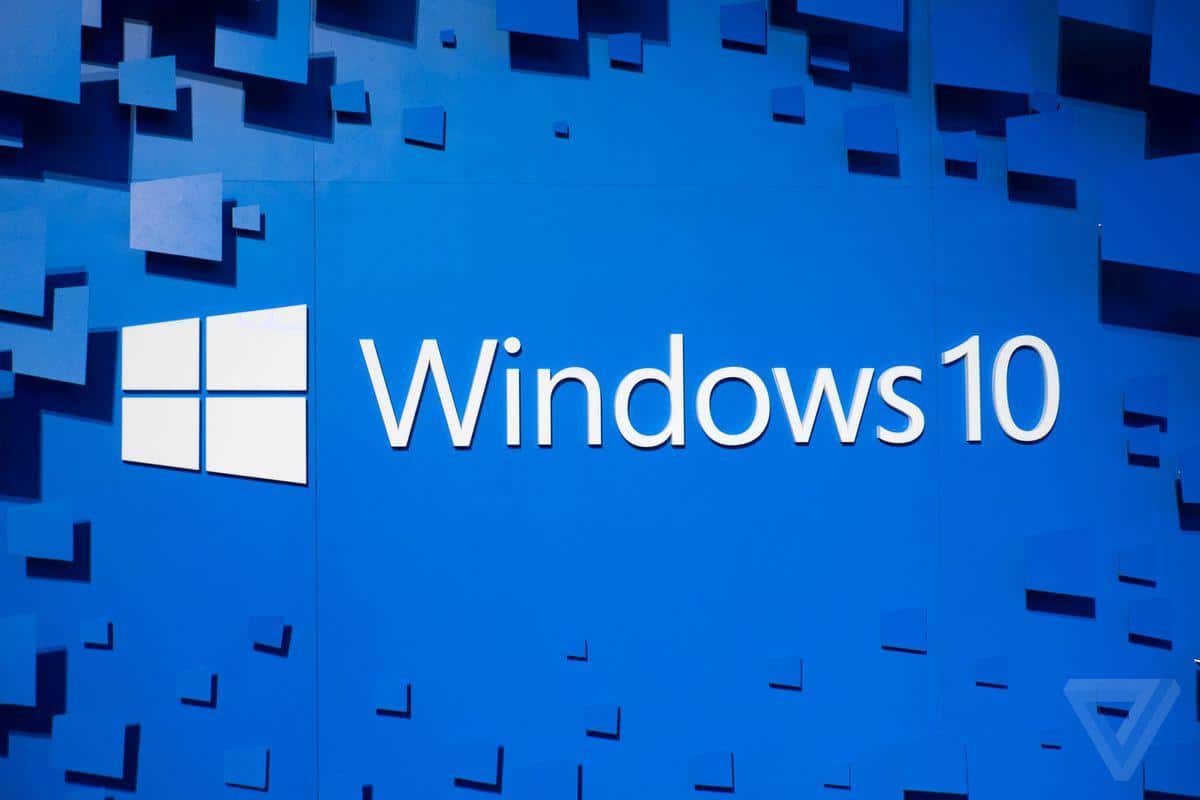Do you want Windows 10 to be faster? Then you are in the right place. Here we will check out 8 recommendations to enhance your PC, and your computer will be faster and far less susceptible to system operational difficulties.
Disable Any Unnecessary Programs that Run on Startup
One cause why your Windows 10 Computer may seem slow is that you have several background apps operating, the ones you sometimes or never use. Prevent those from operating, and your Computer system will perform much better. Begin by opening the typing task manager into the Windows search box and hitting Enter. When the Task Manager starts as a small program without any tabs, go to the bottom of the display and choose “More information.” The Task Manager will be shown in its full open glory. There really is a lot you could do utilizing it, but now we’re simply going to be focused on deleting unwanted startup apps.
Stop OneDrive from Syncing
Microsoft’s OneDrive platform storage device, which is incorporated into Windows 10, keeps data synchronized and updated across all of your Computers. It’s also a decent backup tool because even if your PC or hard disk fails, you’ll still have all of your data preserved and ready to be restored. It accomplishes this by regularly synchronizing data across your PC and online storage, which might slow down your computer. As a result, one approach to improve your PC is to disable synchronization. However, when you switch it off completely, you should check to see if it is genuinely slowing down your System.
Turn off Windows Tips & Tricks
When you use your Windows 10 PC, Windows analyzes what you’ve been doing and provides suggestions for tasks you might need to do with the OS. Windows monitoring what you’ve been doing and providing recommendations might potentially slow down your computer. Therefore, if you need to get things moving much faster, instruct Windows to stop providing you with suggestions. Click on Start, then the Settings button, and afterward System to Notifications and actions. Scroll to the bottom of the Notifications page and deselect the checkbox.
Make Sure to Change Your Power Settings
Windows 10 constantly saves cached information on your computer’s hard drive and afterward retrieves it when needed. The amount of time required to retrieve stored information is determined by the performance of the hard disk. If you have a regular hard disk rather than an SSD, you may expedite your cache by using Microsoft’s ReadyBoost function. It instructs Windows to save data to a USB drive, which is much quicker than a hard drive. Getting data from the faster cache will help Windows run faster. To begin, insert a USB flash drive into each of your Computer’s USB ports. The flash drive must support USB 2.0 or above, ideally USB 3.0 or faster. The quicker your flash drive, the greater the speed improvement you should get.
Switch off Search Indexing
Windows analyzes your hard drive in the background, enabling you to browse your PC faster whereas if zero indexing was conducted. Sluggish Computers that employ indexing, on the other hand, may suffer a performance impact, and you can improve their performance simply by switching off indexing. Although you have an SSD drive, shutting off indexing can improve performance because indexing’s continuous rewriting to disk will gradually decelerate SSDs.
Clean Your Hard Drive
You might be limiting your PC’s performance if you have a massive hard disk full of data you will not need. Clearing things out might allow you to move faster. Memory Awareness, a rather handy designed function in Windows 10, may help you with this. Navigate to Settings to System then to Storage and turn the switch from Off to On at the edge of the window. Whenever you enable this, Windows continuously monitors your Computer and erases old garbage documents that you don’t really need, such as impermanent files, download folder data that haven’t been altered in a month, and Recycle Bin items. Sometimes even visiting websites online can gather unwanted data, mostly sites with unwanted ads. Playing online games and casinos can be very risky and can slow your PC instantly. So make sure to visit the right website, learn here for more.
Remove Transparency
One should deactivate the transparency features used by Windows for the Menu bar, Task manager, and Action Center in contrast to switching off lighting, animation, and special effects. Windows puts in a lot of effort to produce these transparency features, and switching them off could improve processing efficiency.
Restart or Shut Down Windows
One of IT’s not-so-secret tools for debugging and accelerating up a computer is to close things down and restart them. This removes any extra Memory use which would otherwise be impossible to remove. It also terminates programs that you may have started but is no longer required, yet that continues to run & slow down your computer. Whenever your Windows 10 PC has become slow for no obvious reason, you might be astonished by how much faster it will perform after you do this.
